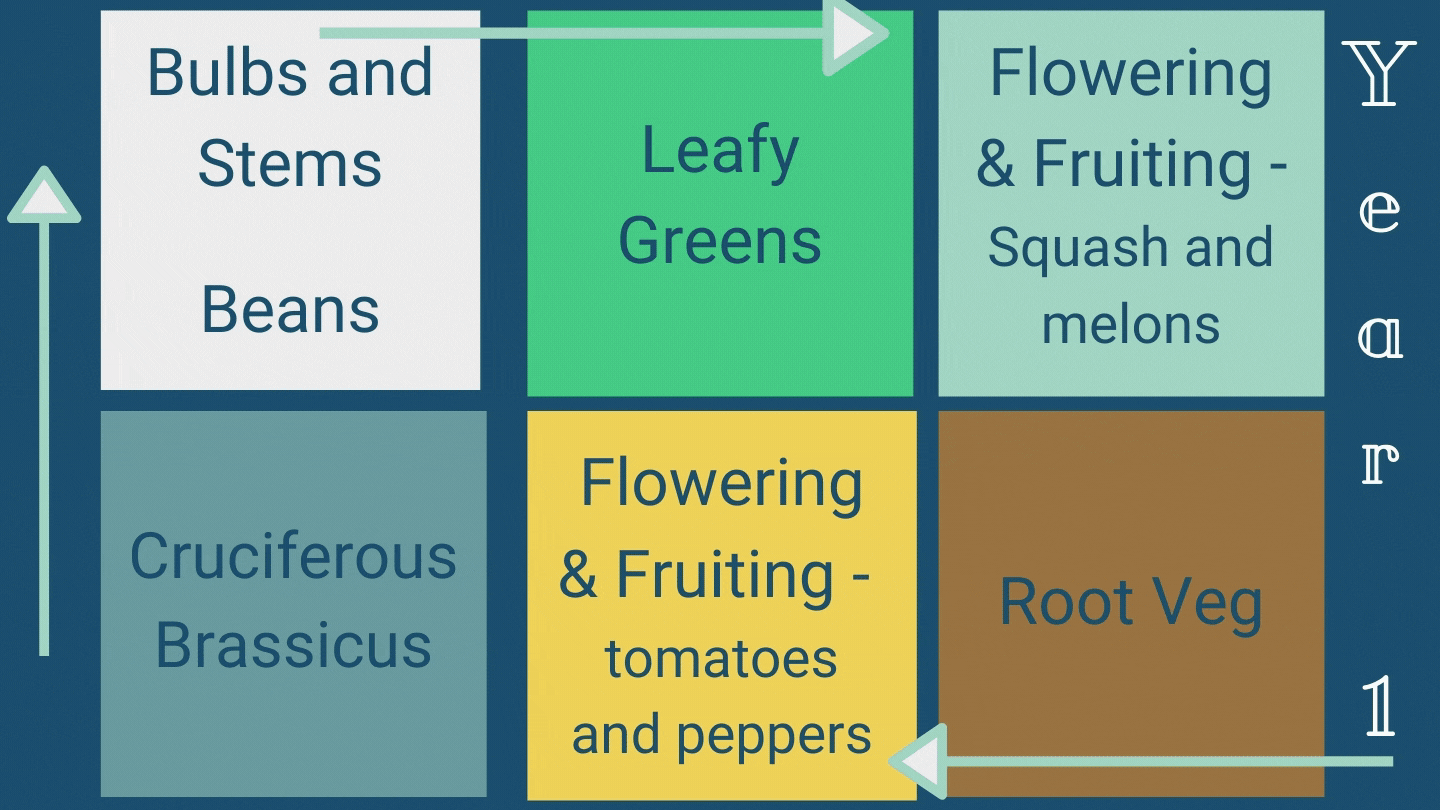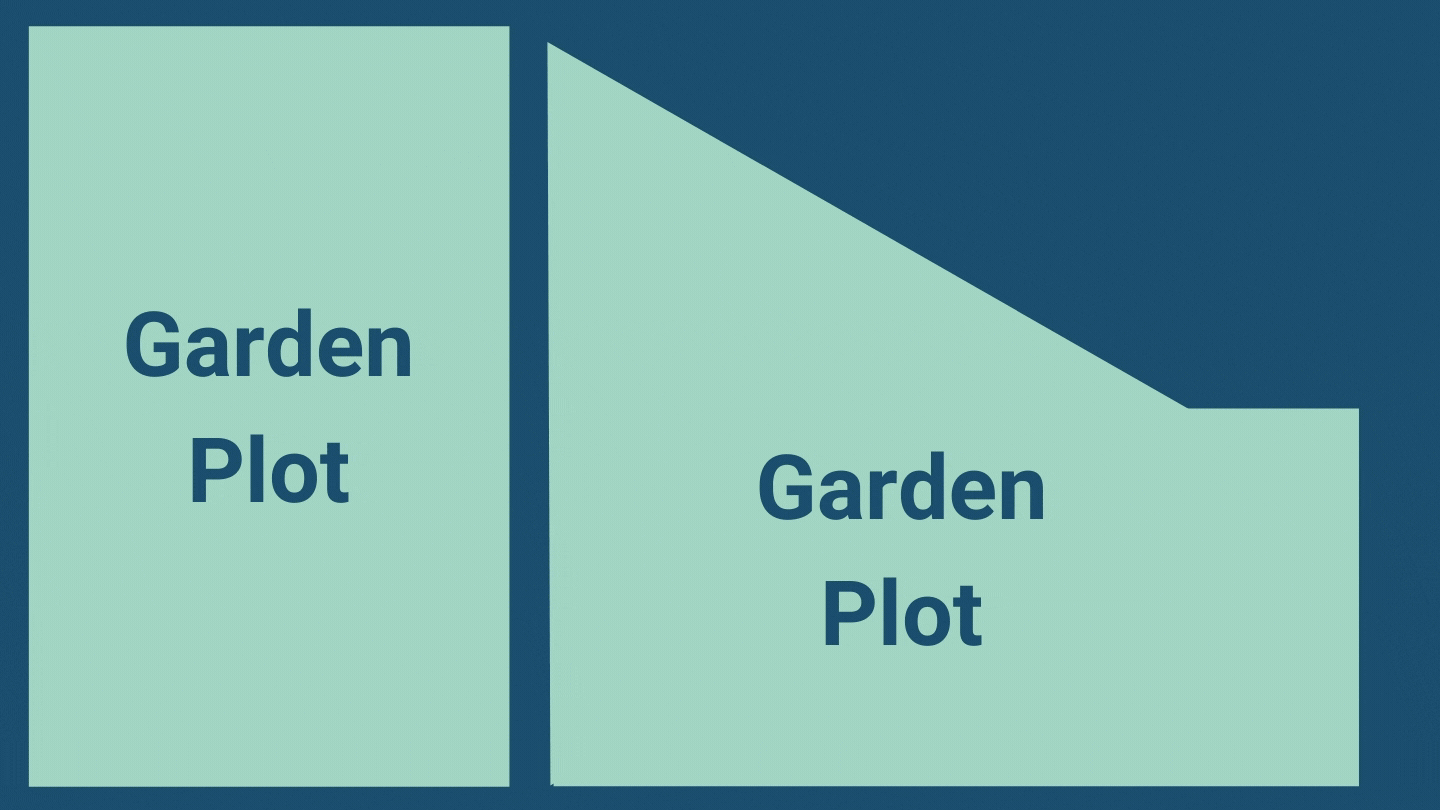Garden Planning
We may be burrowed under snow now, but before we know it the big thaw will come and spring will bloom! It’s never too early to begin planning your upcoming garden plot. By taking the time to create a detailed garden plan, you can save money by only purchasing the seeds or seedlings you know can fit. You can also proactively prevent some pest infestations and incorporate more organic gardening practices into your routine. A little planning goes a long way to keep all your garden goodies healthy, happy, and tasty all the way up to the final harvest.
Draw Out Your Plot
Go grab a sheet of paper and sketch out a replica of your garden plot. Is it square, rectangular, triangular, or a mixture of shapes? Do you have garden boxes or containers on your patio? Sketch everything out and try to keep your aspect ratio consistent.
Label your cardinal directions (North, South, East, and West). Think about how the sun will shine across your garden. Draw arrows from where your morning sun shines. If you have any large, shady trees nearby add these to your sketch. Draw circles around where the shade will cover your garden.
Does your garden plot have a grade? If so, draw an arrow pointing along the direction in which the water flows. If you want, you can create a mound to contain and pool the water in your garden. Be sure to plant any extra thirsty, water loving plants along this mound.
2. Decide Which Garden Goodies to Grow
Which veggies and herbs do you like to eat and cook with most often? Which ones of these are suitable to your climate? Consider adding some variety by including at least one plant from the following groups:
Root Veg - Carrots, Beets, Potatoes, Radishes, and many more
Cruciferous Brassicas - Brussels Sprouts, Cauliflower, Turnips, and many more
Leafy Greens - Romaine, Mizuna, Arugula, Spinach, Chard and many more
Flowering and Fruiting Veggies - Tomatoes, Cucumbers, Peppers, Corn, and many more
Pods - Fava Beans, Peas, String Beans, Chickpeas, and many more
Bulbs and Stems - Scallions, Garlic, Celery, Asparagus, and many more
Herbs - Basil, Rosemary, Thyme, Cilantro, Mint, Tarragon, and many more
Are you interested in growing fruit bushes and trees? These will take a few years to grow and begin producing fruit. For this post, we will focus on plants that are planted and harvested in the same year.
3. Plan to Plot Your Plants
This is the really fun part and will be unique to each person. Depending on your garden’s size and location, which types of plants you want to grow, and your aesthetic preferences, everybody’s garden planning will look different! By strategically planting your garden goodies, you can grow healthier plants, richly flavorful goodies, and increase your plants’ yields. This will also support your organic gardening methods. Below are five guidelines to lead you down the right path towards a thriving garden.
Crop Rotation - What did you plant where last year? If you save this year’s guide, that question will be very simple to answer next year. When we grow plants, they use nutrients from the soil to produce healthy blooms. Different plants will deplete the soil of different nutrients. Be sure to rotate your crops each year to maintain a healthier soil and prevent diseases from building up in the soil.
The space where you planted Cruciferous Brassicas last year, should be used Flowering & Fruiting plants like tomatoes and peppers. Last year’s Root Veg area becomes this year’s Flowering & Fruiting squash and melons new home. So on, and so forth!
Sun Exposure - Analyze your plot and discover which areas of your garden will receive Full Sun, Partial Sun, and Shade. Group your list of Garden Goodies by the amount of sun that they like. As the plants grow tall, they may create shade for their neighboring friends, so keep that in mind. Your taller, sun loving plants should be on the north side of your shorter, sun loving plants.
Full Sun (6+ Hours) - Cucumbers, Brussels Sprouts, Peppers, Tomatoes, Corn, Garlic
Partial Sun (4 - 5.5 Hours) - Beets, Beans, Peas, Carrots, Chard, Potatoes, Radishes
Shade (3 - 4 Hours of Sun) - Spinach, Romaine, Kale, and Herbs
Companion Planting - Plants can become great partners for each other and you can help encourage that symbiotic relationship by strategic planting. Certain garden pests will be driven off by other plants’ aromas, tangled and prickly vines, or trapped by a neighboring plant. Below are a few examples of companion planting.
Marigolds and Radishes can repel cucumber beetles. Plant Marigolds near your Cucumbers, Tomatoes, and Pumpkins.
Nasturtiums are another great flower to deter pests. Plant near Peas, Beans, Cabbage, and Pumpkin.
Plant Dill near your Cucumbers and Tomatoes as a trap plant for tomato hornworms.
Garlic, Basil, Chives, Mint, and Cilantro are great herbs to deter pests.
Plants that are NOT companions. Here are a few plants to keep away from each other:
Keep Peas and Beans away from Chives, Garlic, Leeks, Onions, Peppers, and Marigolds.
Keep Broccoli and Cauliflower away from Peppers, Squash, and Tomatoes.
Don’t plant Dill near your Carrots.
Spacing - Make sure you have enough space between plants so that they can grow to their full potential. You also want to be prepared with tomato cages, stakes and trellises. Plan to stake your peppers and tomatoes to support the central stem. Dill can grow surprisingly tall and if you are in a windy area, you may want to stake your dill to prevent the stem from breaking. Train your peas and beans to grow up trellises to allow sufficient air and light around the plants. You can also train vines (cucumbers, zucchini, melons) to grow vertically up trellises to save some space in your garden.
Watering Schedule - Some plants like frequent, gentle sprinkles. Others prefer to get drenched once every couple of days. If you can keep plants separated by their thirst levels, you will have better luck keeping everyone happy. Also, consider how you plan to water your garden. Will your lawn’s sprinkler system cover your garden? Do you have drip irrigation? Will you use a garden hose? Do you live in a climate with consistent, plentiful rains? Consider how large your plants’ leaves will grow and if any leaves will shield neighboring plants from falling water.
4. Decision Time
You’ve reviewed the guidelines and know what to keep in mind as you plan your garden, so now it’s time to make it happen! Cut up different sizes of paper based on how much space each of your plants will need. Label each piece of paper with a different garden goodie and add to your garden plot sketch. Keep moving plants around until you find the perfect fit! You may discover that you don’t have enough space in your garden for everything you want to grow. Consider growing herbs, spinach, kale, chile peppers, cherry tomatoes, cucamelons, climbing beans, garlic, or radishes in containers if you run out of space in your garden soil. And most importantly - have fun!


